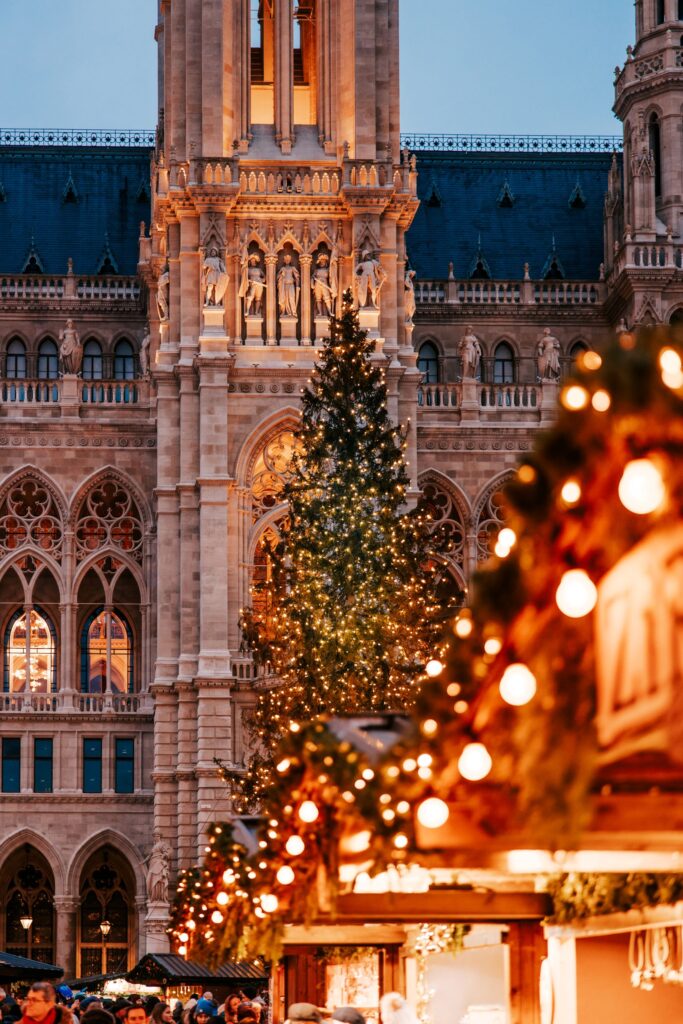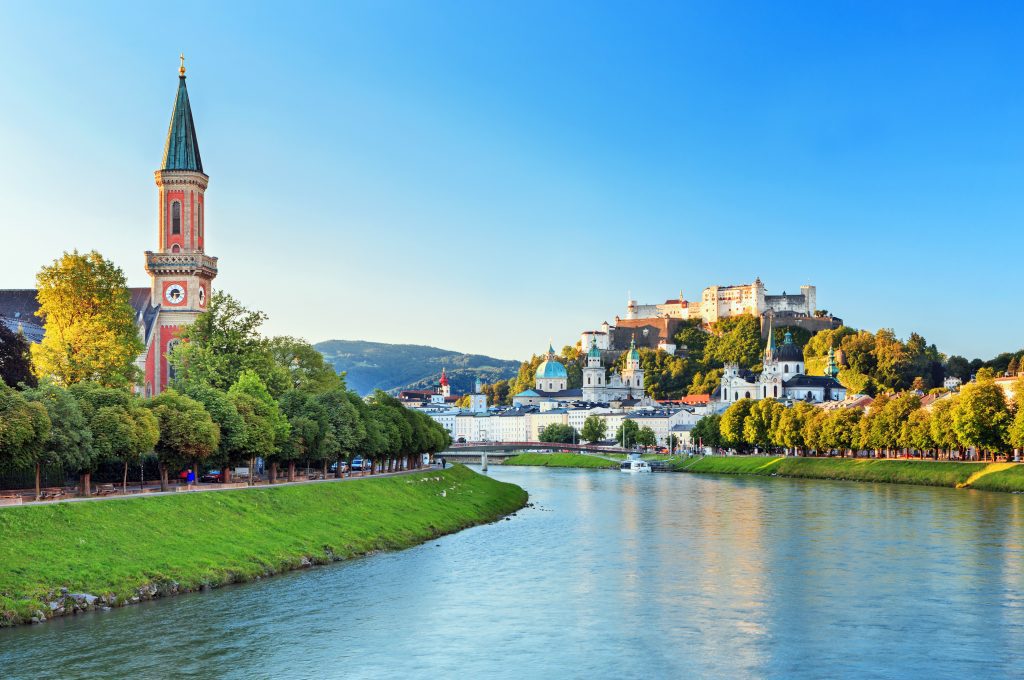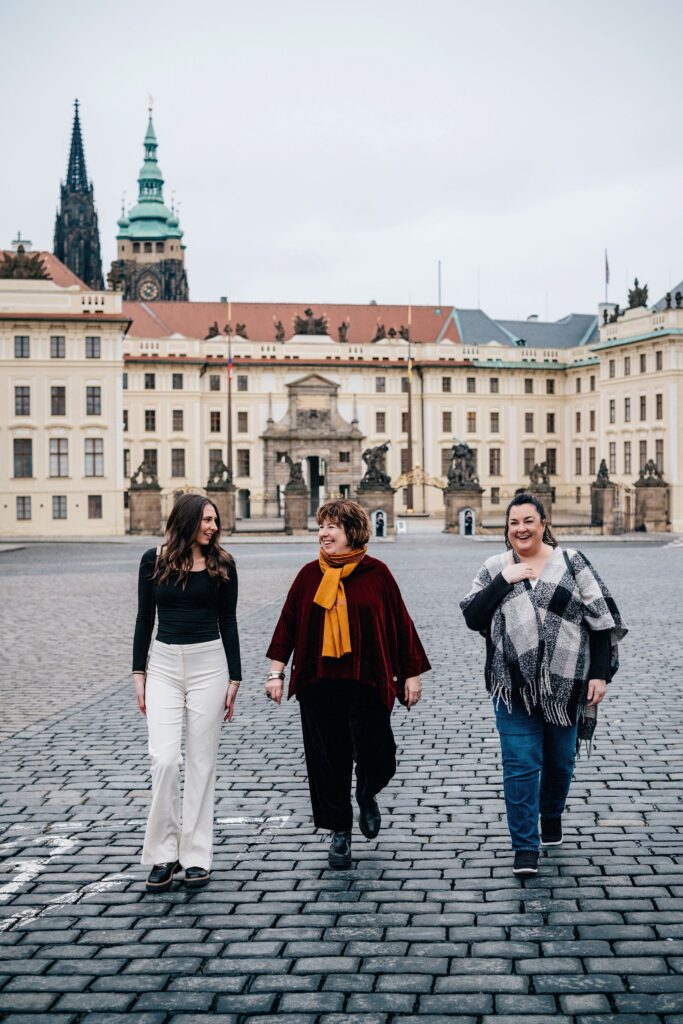What if you could find places just as enchanting but with fewer travelers and kinder to your budget? Welcome to the world of ‘destination dupes’ – lesser-known spots that emulate the magic of famous cities and landscapes. We’ve curated a list of 19 of these hidden gems, each a reflection of a more famed counterpart.
1. Bergen’s Twin Charm: Hello, Ålesund
Bergen offers access to some of Norway’s deepest and longest fjords and is the starting point for various fjord tours. This charming city is located among seven hills and seven fjords, offering breathtaking views and a close connection to nature.
Alesund, on the other hand, is embraced by several smaller fjords and is close to the UNESCO-listed Geirangerfjord, as well as the Hjørundfjord, which is less known but equally stunning and known for its Art Nouveau architecture, a style that was adopted when the city was rebuilt after a destructive fire in 1904. Its architecture gives it a fairy-tale atmosphere, which is significantly different from Bergen’s traditional Hanseatic aesthetic.
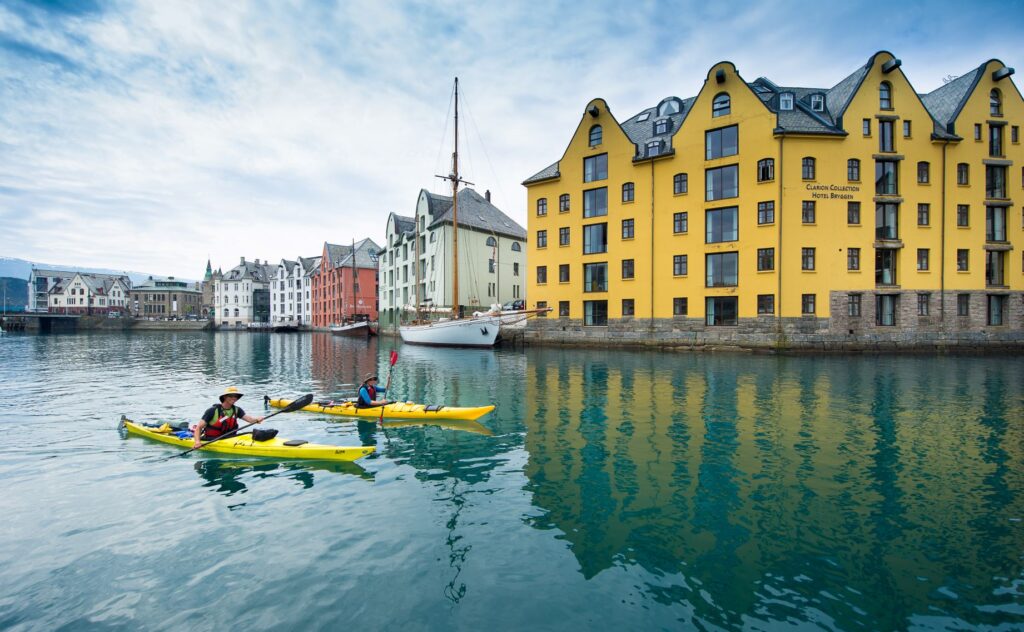
2. Stockholm’s Echo: The Radiance of Gothenburg
Stockholm, the capital city of Sweden, is known for its stunning archipelago, grand historical buildings, and vibrant culture. The city spreads across 14 islands connected by more than 50 bridges. Gothenburg, on the other hand, is often celebrated for its relaxed vibe. Gothenburg has a down-to-earth charm and is ideal for travelers looking for a more laid-back experience. It offers a mix of cultural attractions and natural beauty, perfect for those who want to combine city life with nature, and a strong maritime heritage.
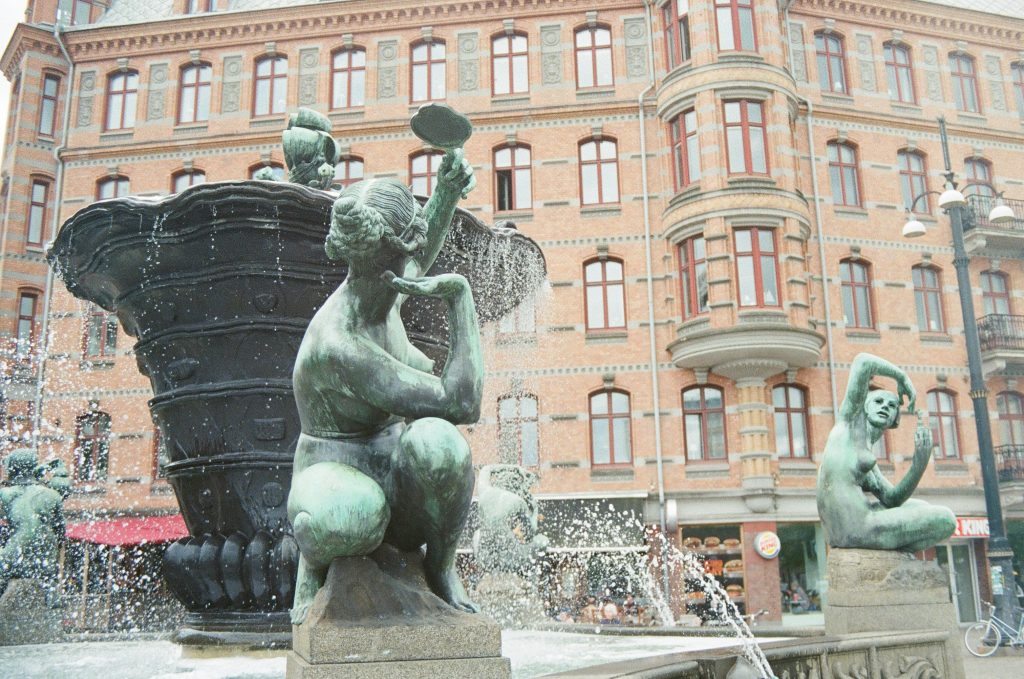
3. Copenhagen Reimagined: Aarhus’s Eclectic Vibes
Copenhagen drips with Danish design and history, but Aarhus matches in the cultural capital, sporting cozy cafés, and quirky art museums. Aarhus, often referred to as “the smallest big city in the world,” is the second-largest city in Denmark and is particularly known for its cultural scene. Walk down the cobbled streets of the Latin Quarter, where history whispers through colorful townhouses dating back to the 16th century. This neighborhood is a delightful maze, inviting you to discover its quaint boutiques, cozy cafés, and the vibrant atmosphere that only a university town can offer.
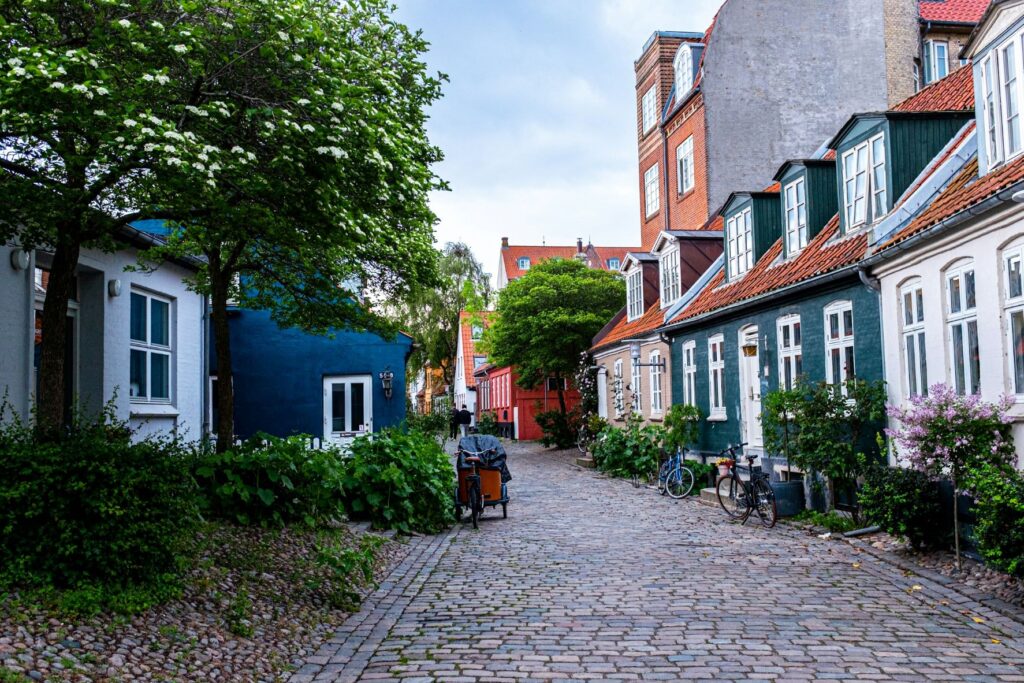
4. Helsinki’s Reflection: Turku Treasures
Helsinki lures travelers with design and cuisine, but Turku, once the capital of Finland, holds a special place in the country’s cultural and historical tapestry. With deep historical roots, this city on Finland’s southwest coast offers visitors a chance to step back through time in its medieval streets.
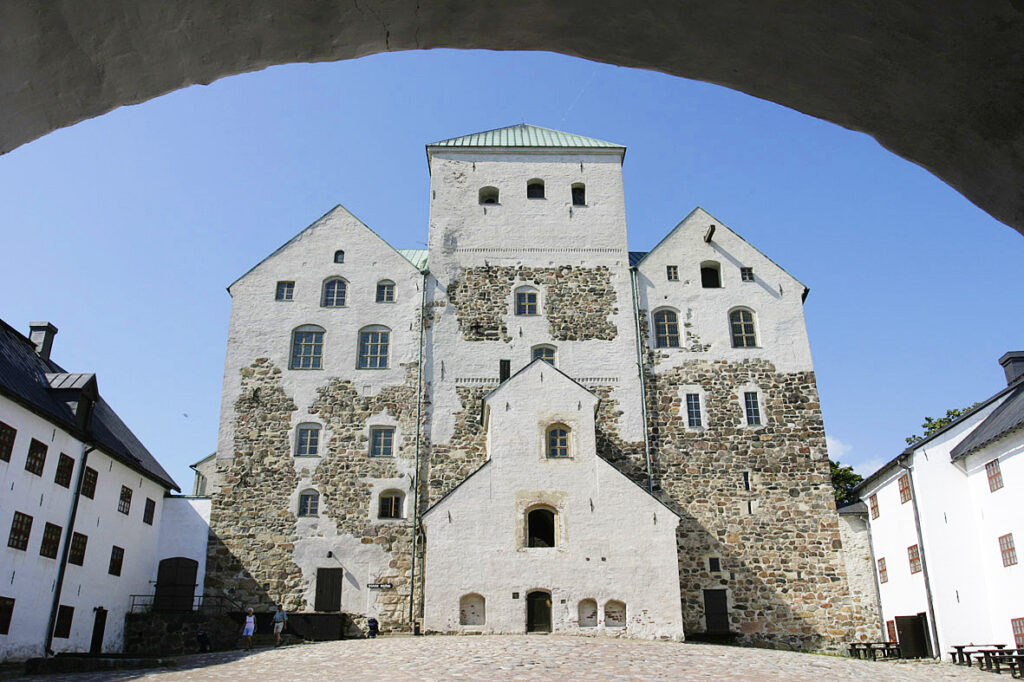
5. Munich in Miniature: Bad Tölz’s Alpine Appeal
Escape Munich’s Oktoberfest crowds and experience Bavaria’s heart in Bad Tölz. Alpine charm, frescoes, and traditional beer gardens await. The town’s rich history is evident in every cobblestone and colorful façade. The charming market street, also known as Marktstraße, invites you on a stroll past historical buildings adorned with intricate Lüftlmalerei, a type of mural art typical for the region. These frescoes depict religious and regional themes, giving the town a unique ambiance.
Bad Tölz’s heritage is also embraced through numerous festivals and events that celebrate Bavarian culture, from traditional folk music to authentic lederhosen and dirndl costumes worn by the locals.

6. Neuschwanstein’s Cousin: Regal Linderhof
While Neuschwanstein Castle grabs the spotlight, Linderhof Palace dazzles with equal opulence and a fraction of the crowds. Linderhof Palace stands as a testament to King Ludwig’s fascination with the Baroque and Rococo periods. Each room in Linderhof Palace is a masterpiece, particularly the Hall of Mirrors, which reflects an infinite image of light and beauty. Stroll through its ornate gardens featuring terraces and water features inspired by the Palace of Versailles.
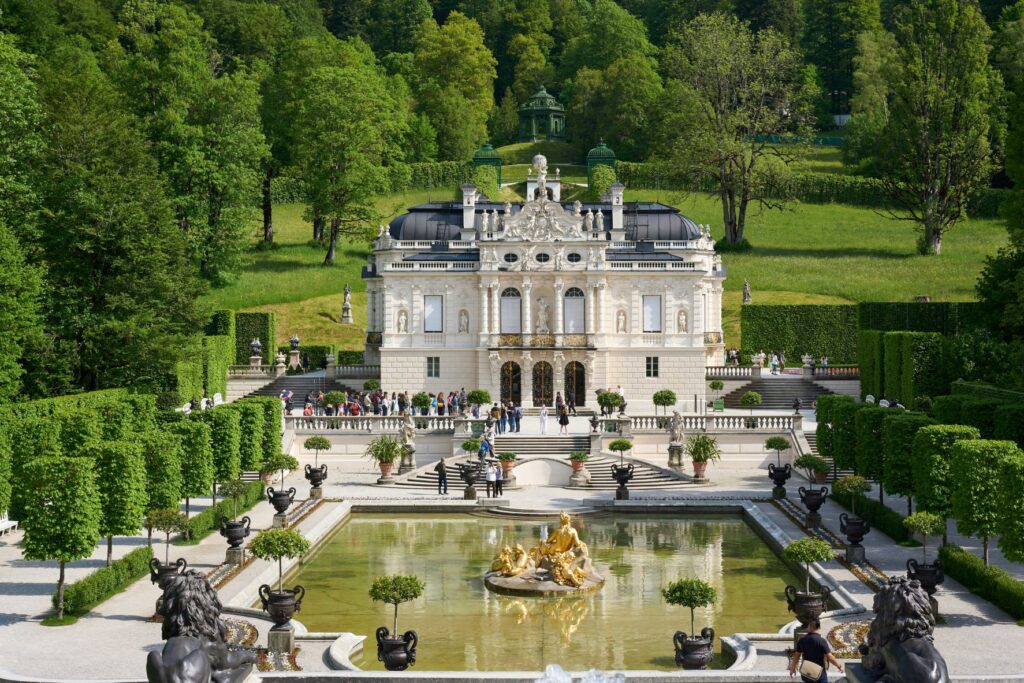
7. Lucerne’s Understudy: Zug’s Pristine Beauty
Trade Lucerne’s iconic Kapellbrücke for Zug’s picturesque lakefront and charming old town, where gourmet restaurants fuse with historical splendor. Zug is a captivating city with a rich history and stunning natural scenery. Visitors can wander through the cobblestone streets of its Old Town, admire centuries-old murals, and see the iconic Zytturm clock tower. Breathtaking views await at the top of Zugerberg Mountain, or you can enjoy tranquil boat rides and sunsets on Lake Zug. The culinary scene is a delight, particularly renowned for the traditional Kirschtorte. Year-round, cultural events, including the Zug Fair and Cherry Festival, showcase local traditions and community spirit, making Zug a must-visit destination for travelers.
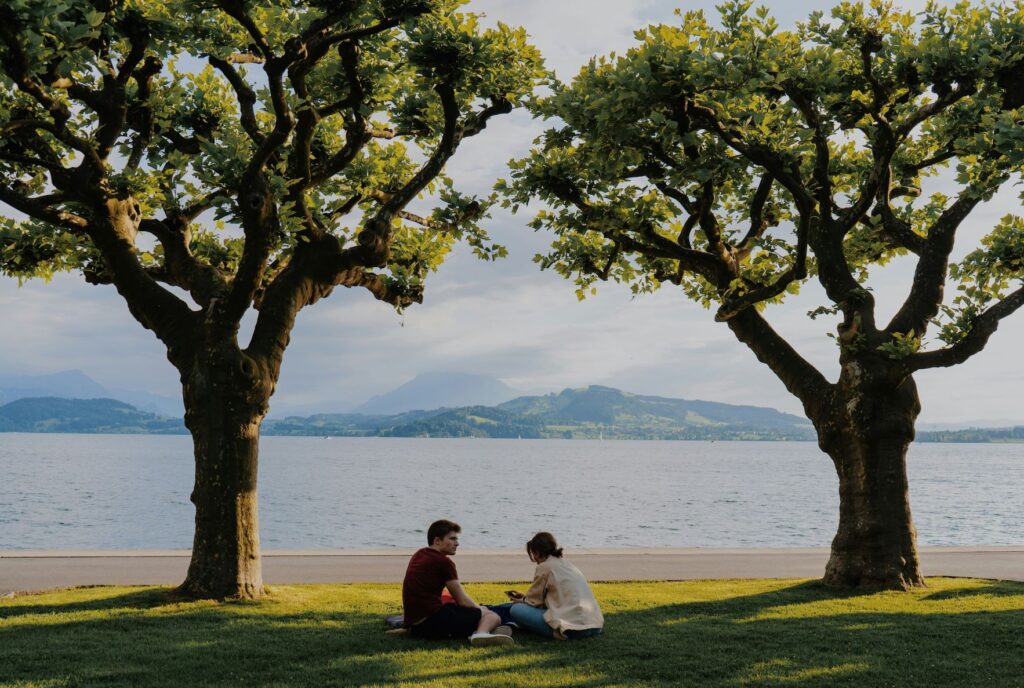
8. Beyond Interlaken: Wengen’s Alpine Escape
While Interlaken buzzes with adrenaline seekers, Wengen offers a quieter base to enjoy the Bernese Alps’ enchantment, with dramatic views that need no filter. A picturesque, car-free village that offers an idyllic escape with remarkable Alpine scenery, especially from the foot of Jungfrau Mountain. It’s an ideal starting point for trips to Jungfraujoch, Europe’s highest-altitude railway station. The village offers rich Swiss cultural experiences with local festivals and cuisine, proximity to the stunning Lauterbrunnen Valley and its waterfalls (pictured), and year-round activities, including scenic train rides.
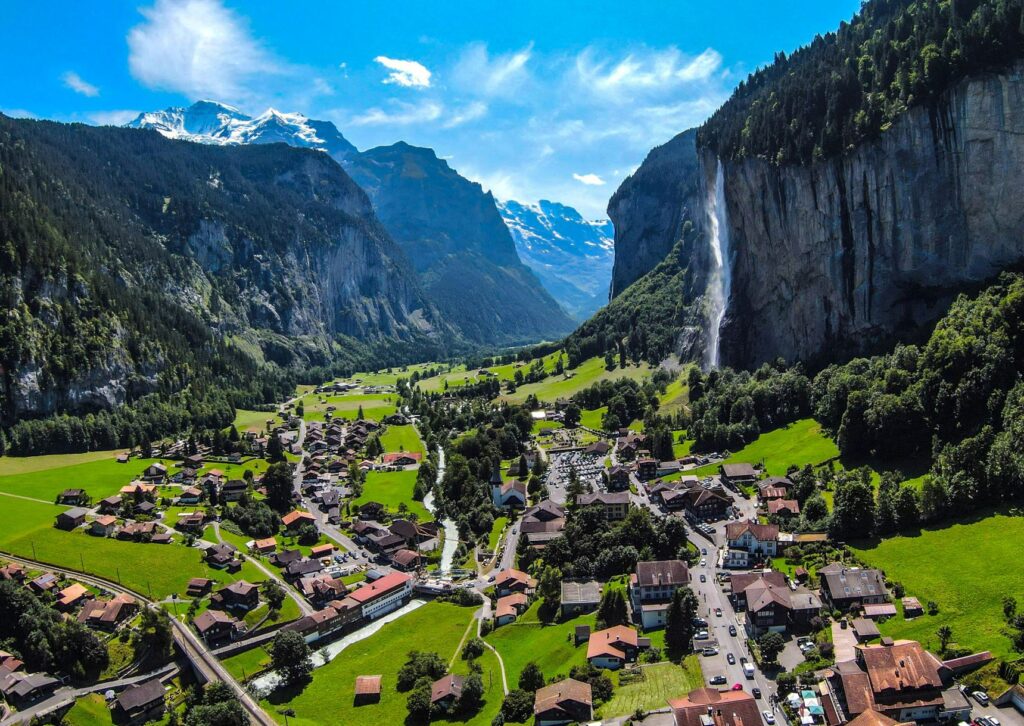
9. Zurich’s Alternate Scene: Timeless Bern
Zurich beams with finance and fashion; Bern tells a slower, timeless tale. Here, medieval streets whisper stories amongst fountains and sandstone facades. Immerse yourself in the heart of Switzerland by visiting Bern, a city where history whispers through the cobblestoned streets. This UNESCO World Heritage gem is a haven for the culturally curious, with meticulously preserved medieval architecture and the Zytglogge, an astronomical clock tower that’s a marvel of ancient engineering. Stroll by the Aare River, take in the grandeur of the Bernese Alps or indulge in the vibrant local arts scene. Bern’s well-curated museums and the historic Federal Palace offer a glimpse into a rich past.
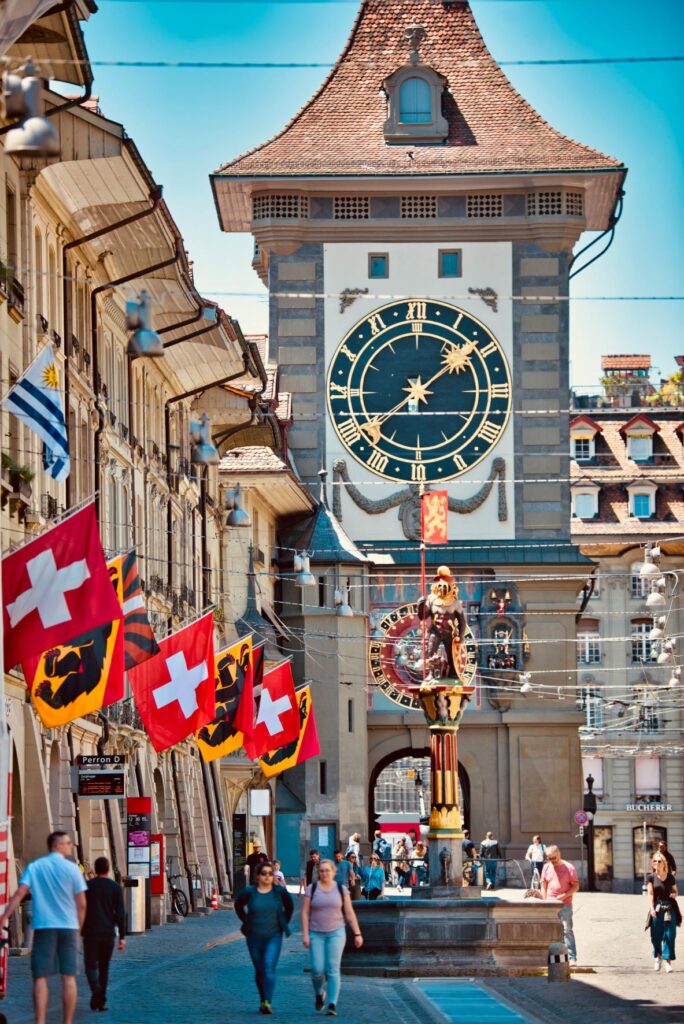
10. Amsterdam’s Canals Relived: Utrecht’s Waterways
Ditch Amsterdam’s tourists for Utrecht’s canal-side terraces and a climb up the Dom Tower. Wander along the picturesque canals, lined not just with trees but with historic wharf cellars, now transformed into cozy riverside cafés. The city boasts beautiful canals and parks, lively restaurants and cafés, fascinating museums, and remarkable historical buildings. And, of course, no visit to Utrecht is complete without a climb up the 465 steps of the Dom Tower to drink in the spectacular view from the top.
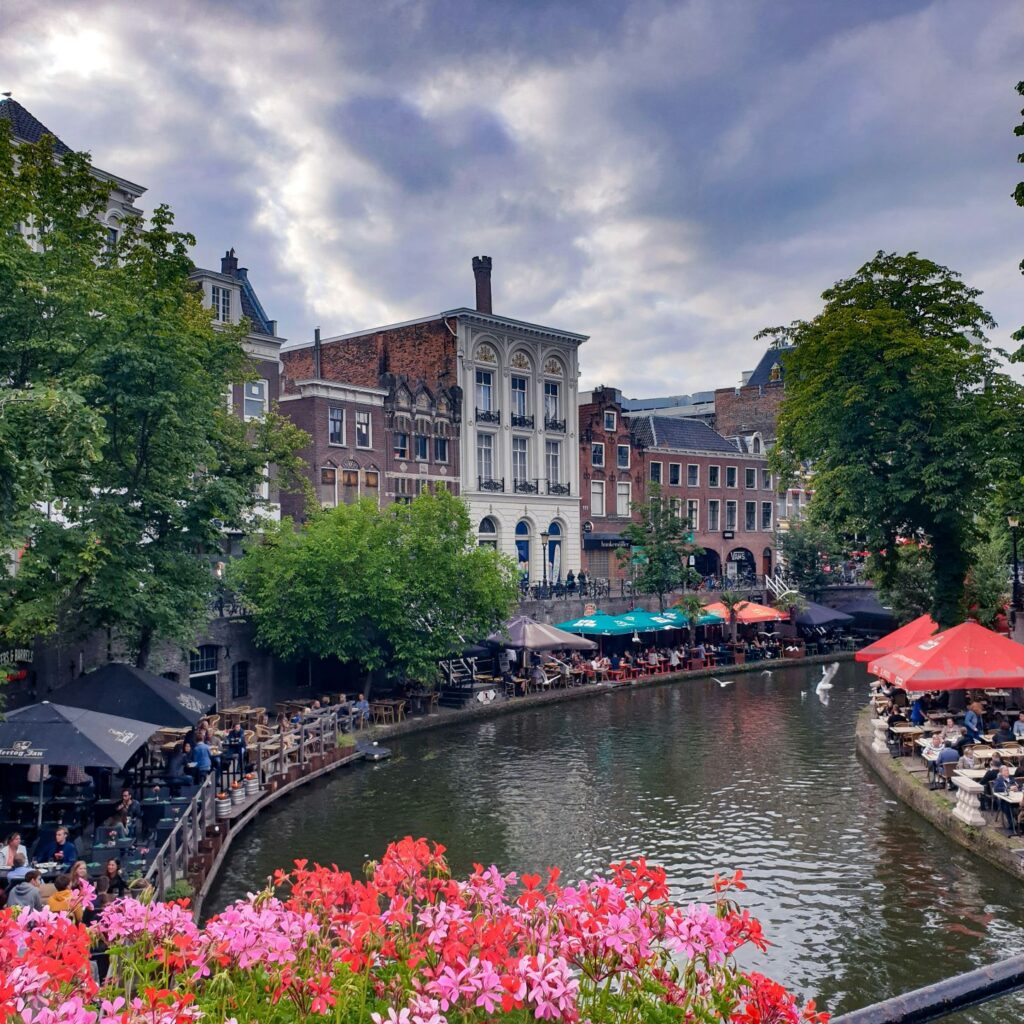
11. Bruges’s Twin Town: Ghent’s Medieval Might
If Bruges captures your medieval imagination, Ghent will enchant – the Washington Post called Ghent Belgium’s unsung Capital of cool just a quick 30-minute train trip from Brussels. Here, electric trams glide down the pedestrian-only streets, and small boats drift through the canals. Visitors are treated to stunning views of historic Gravensteen castle. The city’s famous silhouette features St Nicholas’s Church’s triple spires, the iconic Belfry recognized by UNESCO, and St Bavo’s Cathedral. The cathedral houses the famed Ghent Altarpiece – a monumental oil painting by Jan van Eyck that changed art history.

12. Krakow’s Lesser-Known Sister: Torun’s Gothic Grace
Forego Krakow’s castles for Torun’s undisturbed Gothic grandeur. Poland’s hidden gem is steeped in history and beauty. Wander through the medieval core, a treasure trove recognized as a UNESCO World Heritage Site, where gothic spires rise above the old town and gaslit cobblestone lanes beckon. Toruń isn’t just a feast for the eyes; it’s a city that tantalizes the taste buds with its century-old gingerbread tradition. Here, you’ll traverse the same paths as the visionary astronomer, Nicolaus Copernicus.
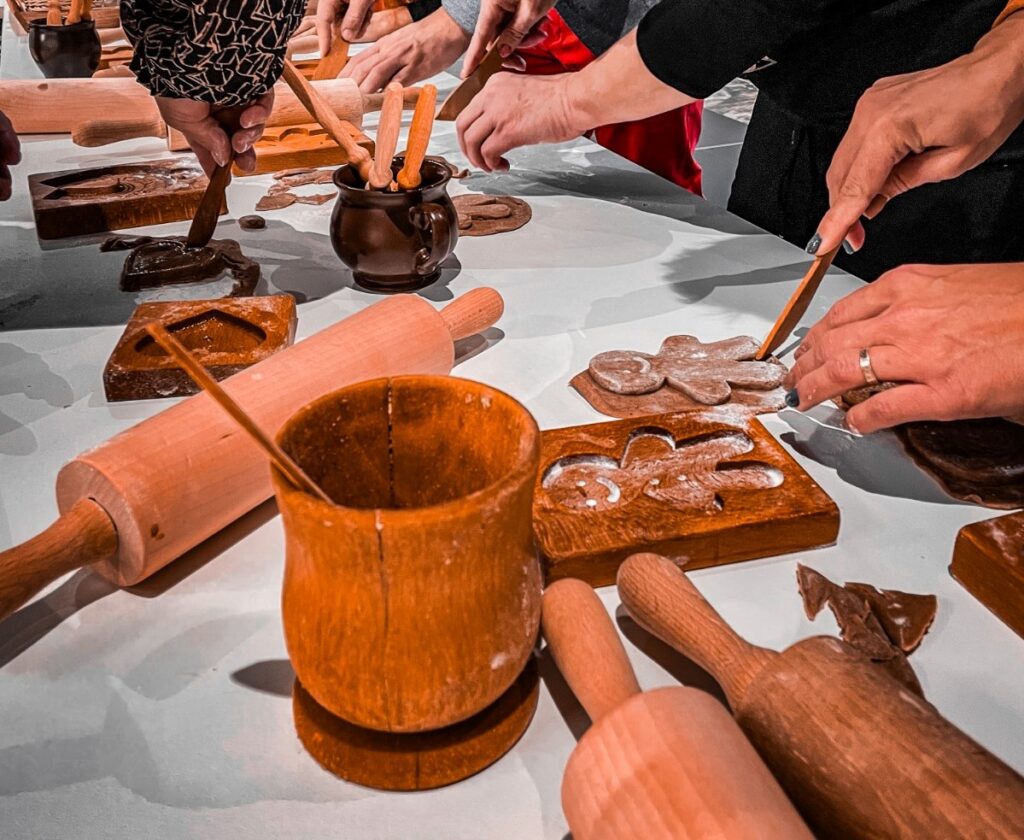
13. Lake Bled’s Quiet Neighbor: Lake Bohinj’s Tranquility
Swap Bled’s picture-postcard fame for Bohinj’s untapped natural beauty. You would be forgiven for thinking that Lake Bled is the only Lake in Slovenia – just a short drive away is Lake Bohinj Lake with its pristine waters and a paradise for hikers. It is Slovenia’s most expansive natural lake. Embark on a scenic journey to discover the mesmerizing Savica Waterfall and ascend the surrounding hills to witness the stunning landscapes and charms of the Alps.
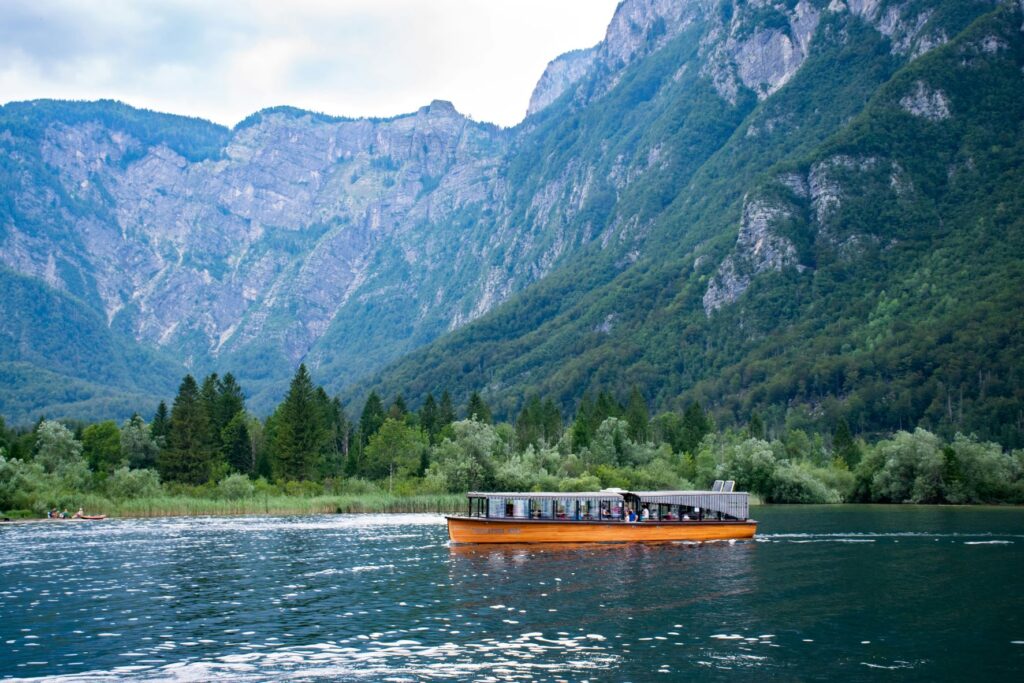
14. Dubrovnik’s Counterpart: Sibenik’s Fortress City
Avoid Dubrovnik’s crowds and steep prices at Sibenik, where fortresses perch above winding alleys and an emerging festival scene steals the show. Dubrovnik, transformed by tourism and cruise ships, contrasts with its quieter neighbor, Sibenik. Right on the Dalmatian coast, Sibenik remains untouched, offering an authentic experience of historic Adriatic life. Its impressive fortifications, UNESCO-listed cathedral, and cobblestoned Old Town quietly narrate tales of times past. Here, locals embrace ‘fjaka,’ the art of leisure, amidst the old-world charm.
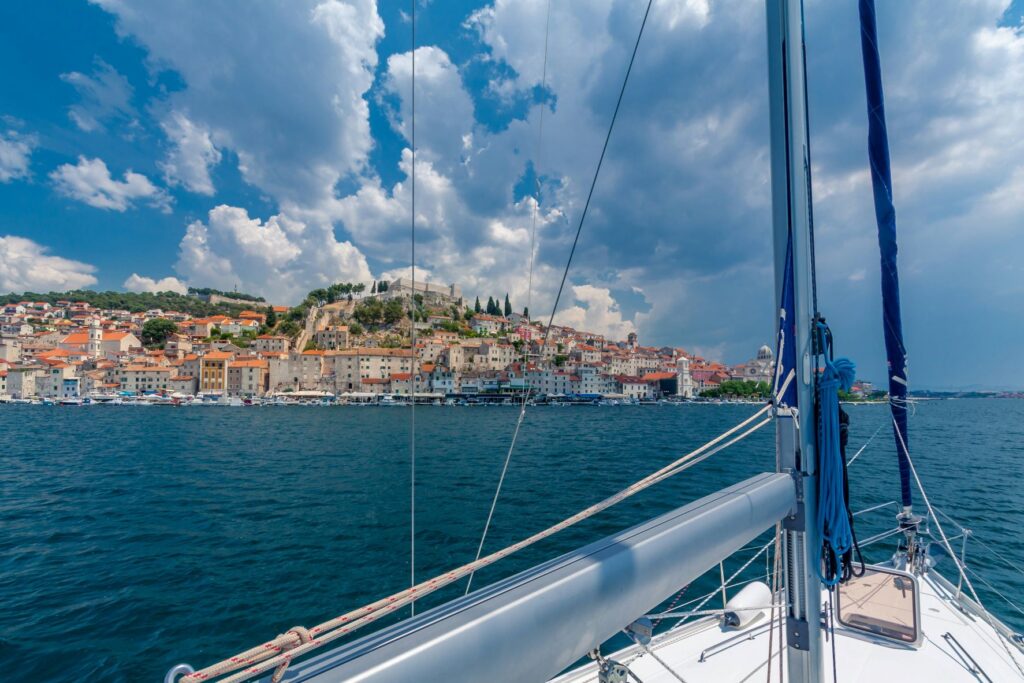
15. Plitvice without the Crowds: Krka’s Falls
Plitvice Lakes Park is a wonder, but the most famous of Croatia’s national parks, which makes it crowded all year long. Nearby Krka National Park’s waterfalls are equally stunning.
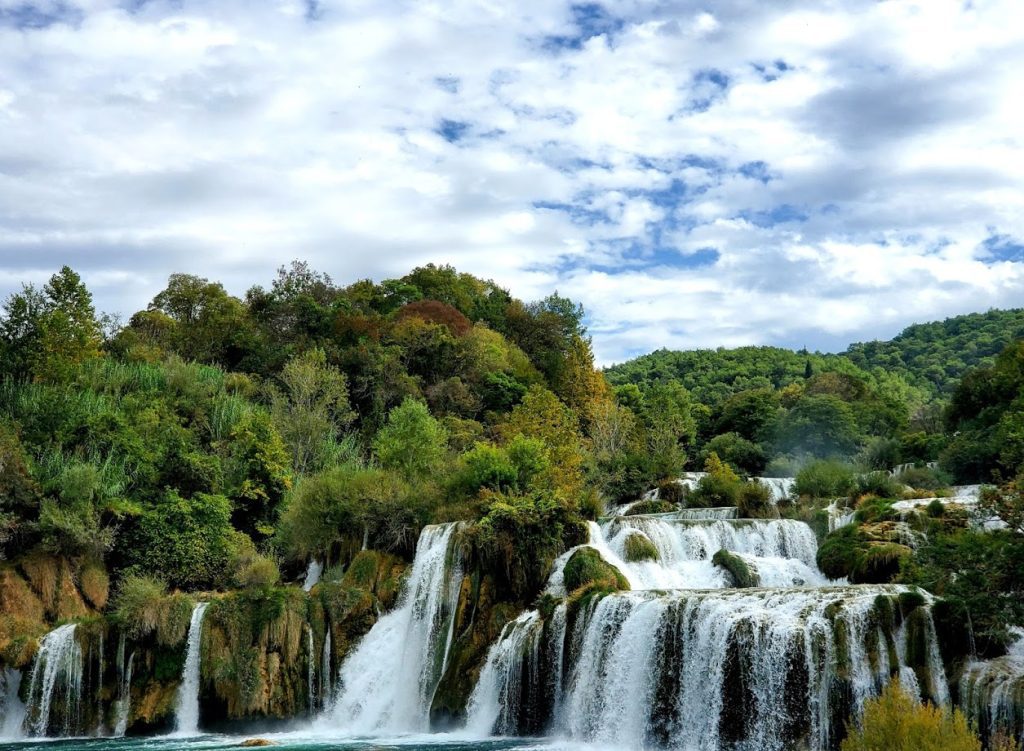
16. Vilnius Meets Kaunas’s Contemporary Beat
Vilnius’s baroque beauty is mirrored in Kaunas’s interwar architecture and contemporary rhythms making it an art deco aficionado’s nirvana. In 2022, Kaunas, Lithuania’s vibrant second-largest city, deservedly shared the spotlight as a European Capital of Culture. Mirroring its capital counterpart, Vilnius, Kaunas boasts a charming Old Town and historic riverside castle ruins, complemented by lively culinary and nightlife spots. However, the city’s distinctive charm is rooted in the dense collection of interwar architecture adorning its New Town. This architectural treasure trove, mostly erected during the city’s interim capital status from 1919 to 1939, gained international acknowledgment with the UNESCO World Heritage Listing in 2023. Described by the Financial Times as ‘unique in Europe’, anyone that is interested in Modernism should visit!
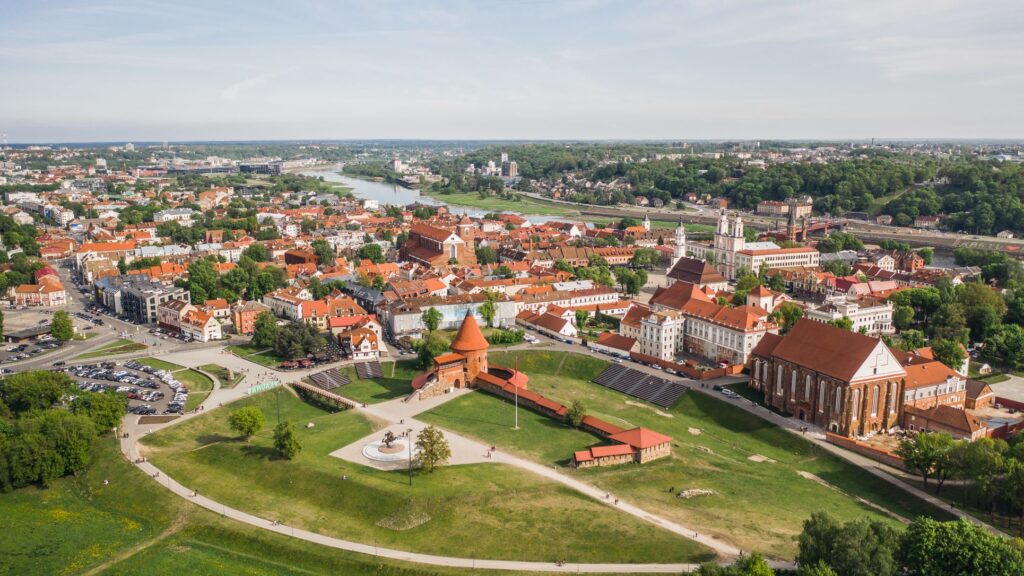
17. Tallinn’s Counterpart: Tartu’s Youthful Energy
Tallinn leads with medieval charm; Tartu plays its hand with university town verve and leafy boulevards. Its startup scene buzzes beneath historic façades. In 2024, Tartu will come alive as the European Capital of Culture, brimming with the energy and enthusiasm of its dynamic student population. This esteemed title will shine a spotlight on Tartu’s storied cultural legacy as well as its pulsating modern art scene.
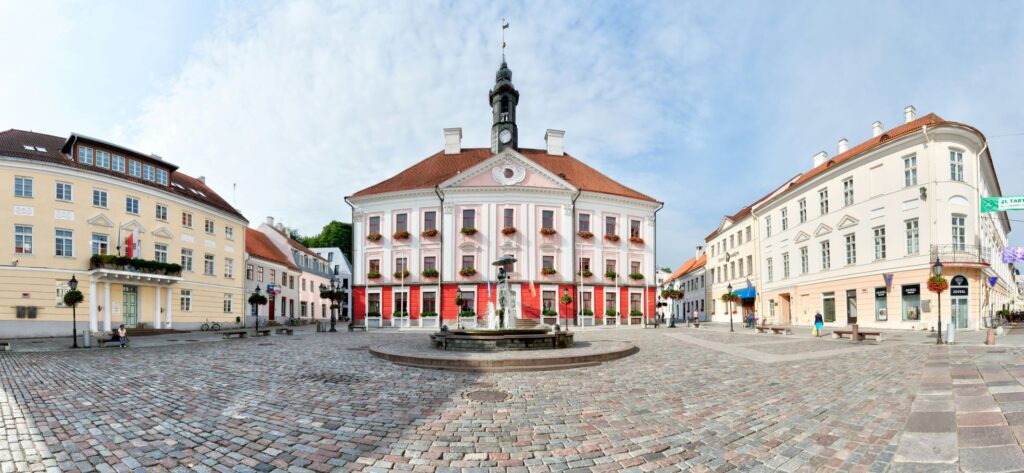
18. Innsbruck’s Quaint Rival: Bad Ischl’s Nostalgic Calm
Alpine Innsbruck is a gem but seek respite in Bad Ischl, a nostalgic retreat where Habsburg history and saltwater spa culture thrive. The enchanting Salzkammergut region in Austria captivated Emperor Franz Joseph so much that he spent his summers there throughout his 68-year reign. It’s easy to understand the region’s allure, from its breathtaking Alpine Mountain ranges – crowned with snow – to its 70 sparkling lakes, remarkable panoramic views, and refreshing mountain air. The charm of Salzkammergut is exemplified by Bad Ischl a town that captures the essence of beauty with its river views, striking Wilhelmine architecture, and the splendid Mount Katrin nearby. In 2024, the Salzkammergut will bear the title of European Capital of Culture with Bad Ischl as its banner city. For the first time in history, it will take place in the inner-Alpine region. Bad Ischl Salzkammergut 2024 brings the diversity of historically rooted and contemporary art and culture to the fore in 23 municipalities.
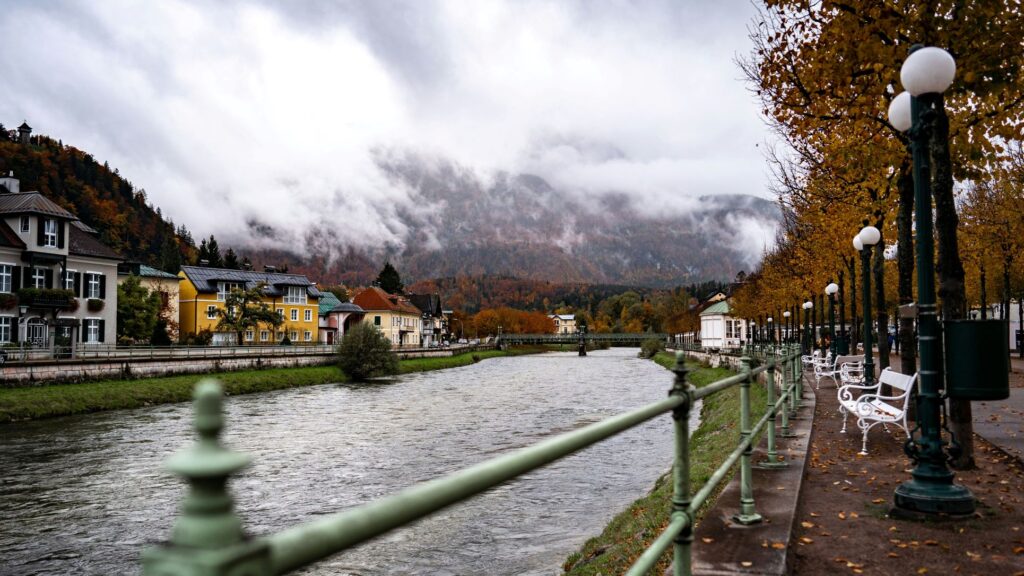
19. Prague’s Smaller Sibling: Brno’s Architectural Marvels
Brno, the second city to Prague in the heart of Moravia is a vibrant mix of the contemporary and the historic, where medieval charm seamlessly blends with a modernist spirit. The Guardian describes it as ‘walking through a Wes Anderson storyboard’.
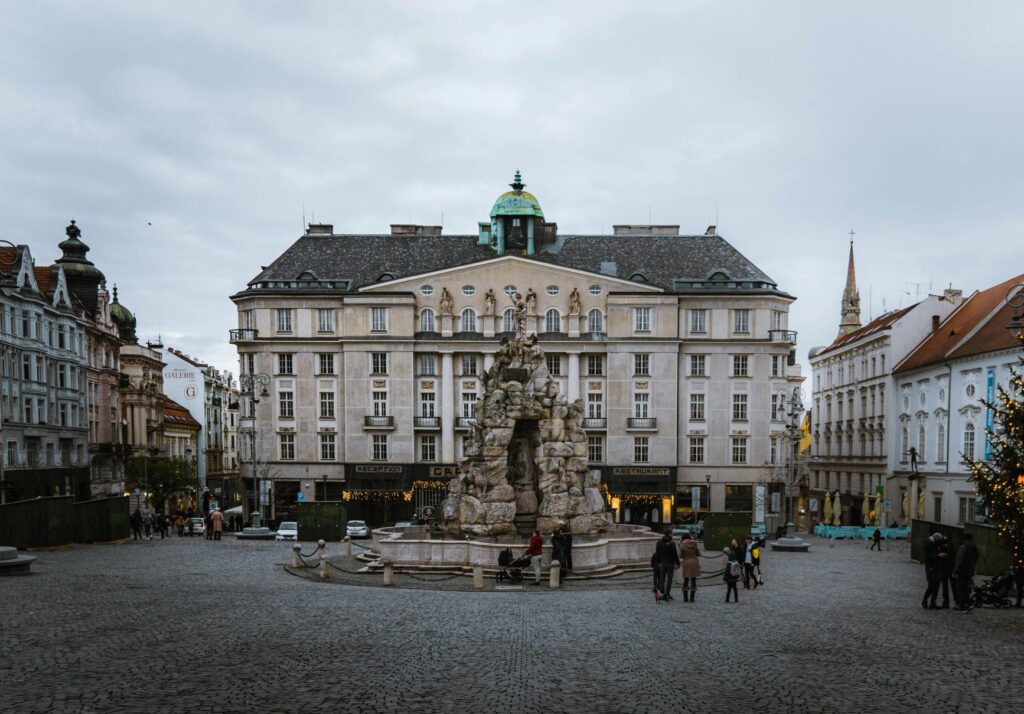
Remember, travel is about discovery and connection. These destination dupes offer the chance to experience the same wonder and excitement without the hectic pace that often comes with more well-known places. So why wait? Start planning your adventure to some of Europe’s most delightful hidden treasures with Exeter International today!



